Introduction
McDonald’s history starts in 1940 as a small drive-in burger spot in San Bernardino, California, launched by brothers Richard and Maurice McDonald. From a barbecue joint, it morphed into a fast-food legend, with its Golden Arches now lighting up over 42,000 locations worldwide by late 2024. A simple idea—quick, cheap burgers—turned into a global fast-food franchise that serves millions daily. It’s the king of fast food, known for fries, Big Macs, and speedy service. This article tracks how McDonald’s grew from a single stand to a cultural icon.
The big shift came when Ray Kroc, a milkshake machine salesman, saw the brothers’ efficient setup and pushed it nationwide, then worldwide. McDonald’s history is packed with clever systems, bold expansions, and some bumps along the way. From local eatery to global giant, it’s a story of burgers and big dreams. Let’s dive into the key moments that made McDonald’s a household name. The sections below unpack its origins, growth, and staying power.
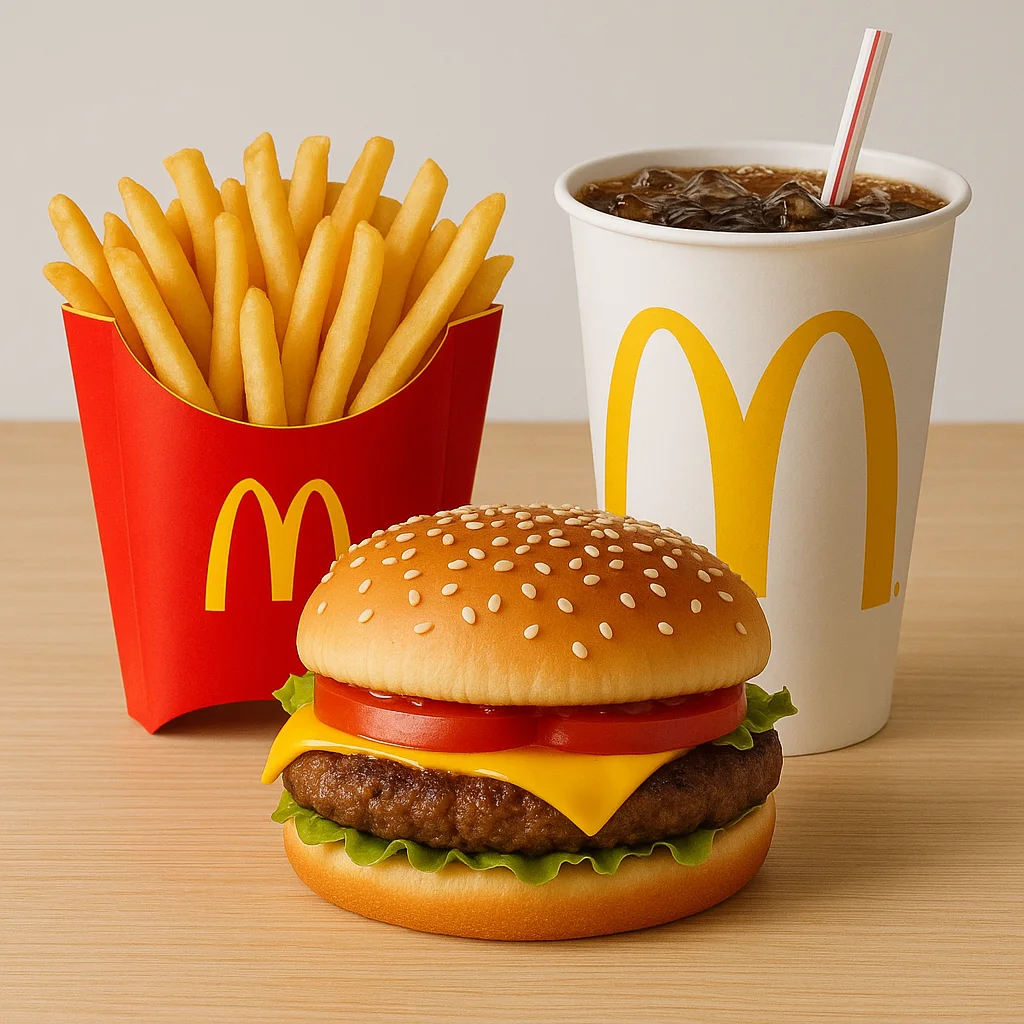
The McDonald Brothers’ Clever Start
McDonald’s history began when Richard and Maurice McDonald opened their drive-in in 1940, dishing out barbecue. By 1948, they saw burgers were the real hit, so they scrapped carhops, shrank the menu, and introduced the Speedee Service System. This setup delivered 15-cent burgers fast, using paper cups and a tight menu of hamburgers, fries, and shakes. It was a game-changer, making food quick and affordable. The San Bernardino spot became a local sensation.
The Speedee Service System was like a burger assembly line: simple, fast, and consistent. Customers flocked for the no-wait vibe, and the brothers’ stand outshone other drive-ins. In 1953, they started franchising, with the first franchise opening in Phoenix, Arizona, sporting the Golden Arches designed by architect Stanley Meston. These arches became the brand’s calling card. The brothers’ system set the blueprint for modern fast food.
Franchising let others copy their model, but the brothers kept things small-scale. By the mid-1950s, they had a handful of restaurants, including one in Downey, California, still running today as the oldest McDonald’s. McDonald’s history owes its early spark to the brothers’ focus on speed and simplicity. Their vision caught the attention of a salesman ready to take it to the next level.
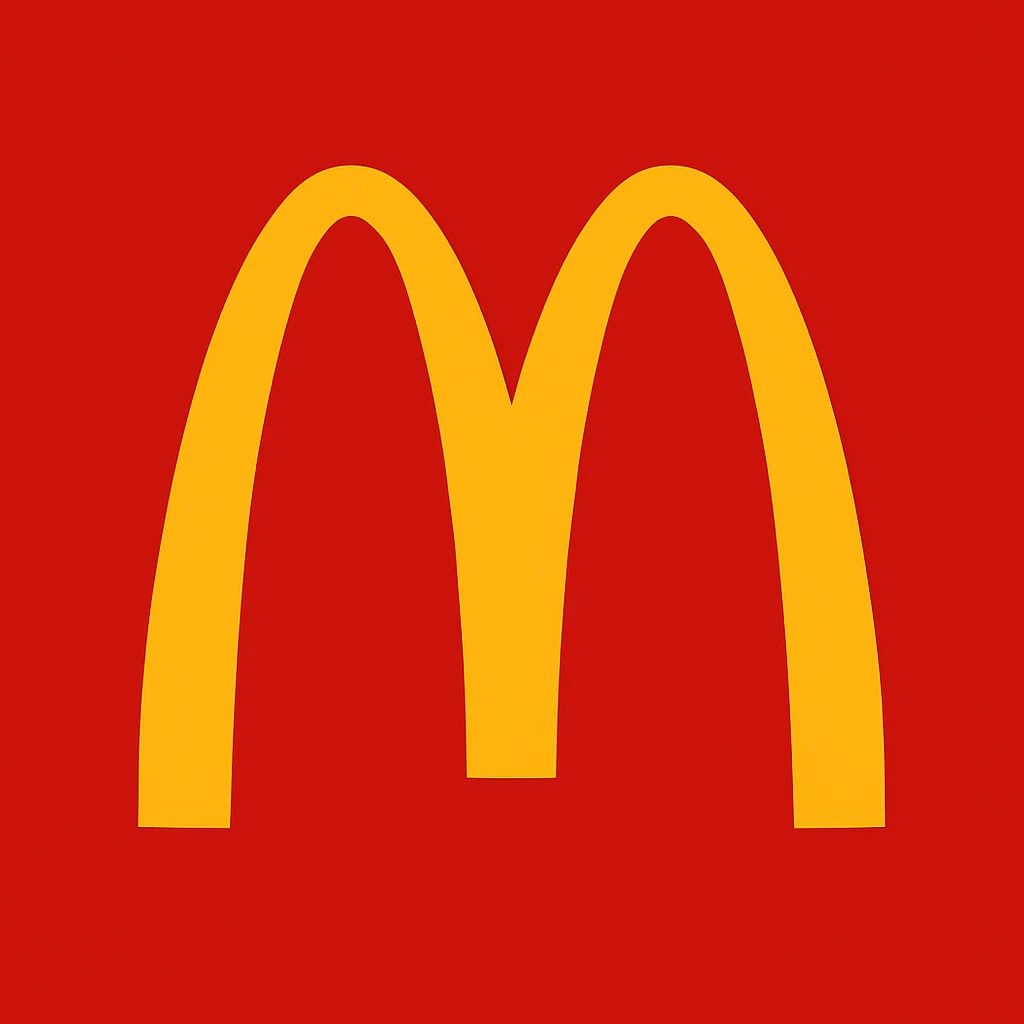
Ray Kroc’s Big Leap
In 1954, Ray Kroc visited the McDonald brothers’ stand, amazed by their burger blitz. He joined as a franchise agent in 1955, opening his first McDonald’s in Des Plaines, Illinois, under McDonald’s System, Inc. Kroc’s obsession with uniformity—same burgers, same service everywhere—became the Ray Kroc legacy. He set strict rules for food prep and cleanliness, making every McDonald’s feel familiar. McDonald’s history roared forward with his ambition.
Kroc’s real genius was real estate. He started buying land and leasing it to franchisees, turning McDonald’s into a property empire alongside a burger one. In 1961, he bought out the brothers for $2.7 million, gaining full control. He also launched Hamburger University that year to train franchisees like fast-food pros. By 1965, McDonald’s went public, and its stock skyrocketed, fueling more growth.
The Ray Kroc legacy includes catchy marketing, like the “Look for the Golden Arches” slogan, which made McDonald’s a household name. Kroc clashed with the brothers over their smaller vision, but his bold moves paid off. McDonald’s history might’ve stayed local without his drive to franchise far and wide. He turned a burger stand into a national phenomenon, ready to conquer the world.
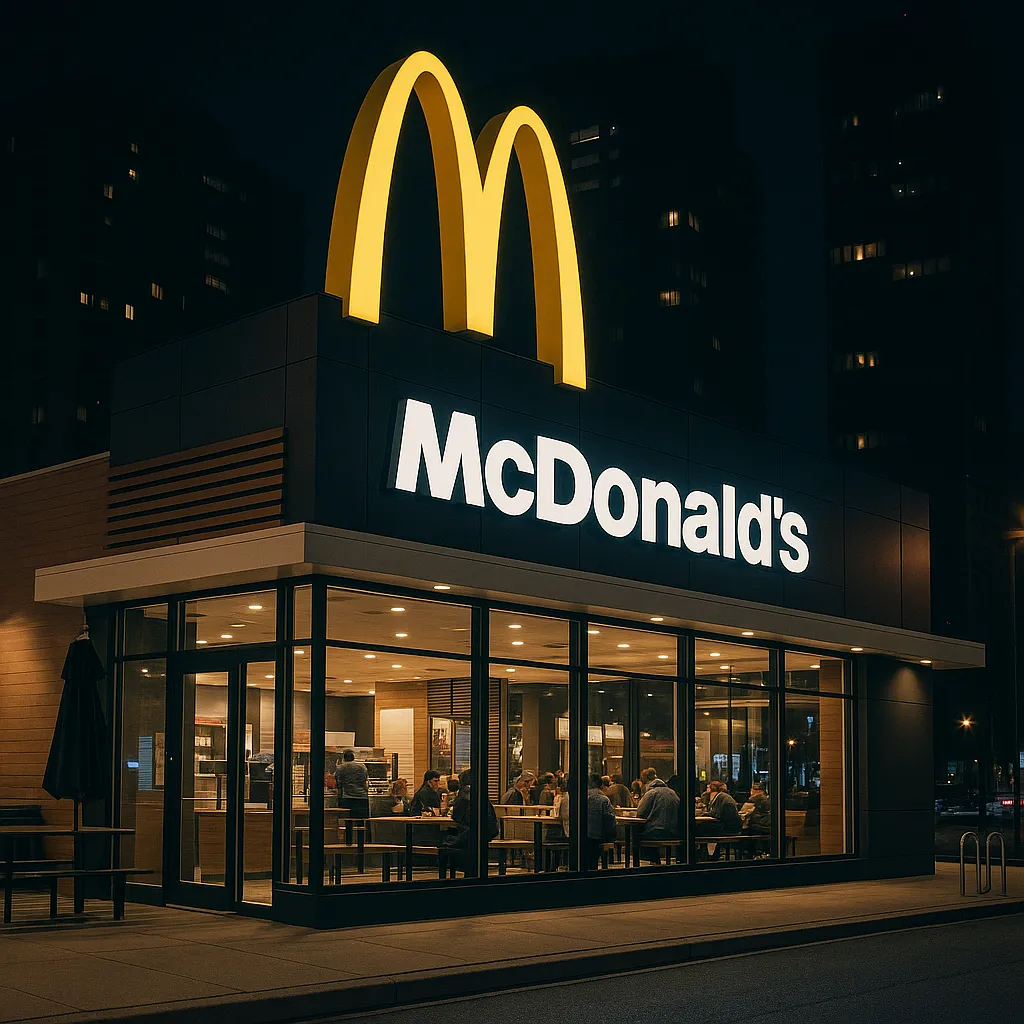
Taking the World by Storm
McDonald’s history went global in 1967 with its first restaurant outside the U.S. in Richmond, British Columbia, Canada. In 1970, it hit San José, Costa Rica, and by 1971, Tokyo, Japan, and Yagoona, Australia, had their own Golden Arches. The 1990s saw restaurants in China and Russia, both opening in 1990, pushing the chain into nearly 120 countries. Global expansion made McDonald’s a cultural juggernaut, with over 42,000 locations by late 2024. It wasn’t just about burgers—it was about fitting in.
To succeed abroad, McDonald’s tweaked its menu for local tastes. In India, veggie burgers replaced beef; in Japan, shrimp burgers joined the lineup. This adaptability let the Golden Arches thrive even where American fast food raised eyebrows. By the 1980s, international sales were a huge chunk of revenue, proving McDonald’s could go anywhere. Local franchisees, like those in New Zealand in 1976, helped tailor the brand.
Global expansion had challenges. In New Zealand, Ray Kroc doubted success, but local partners, including Wally and Hugh Morris with others, opened the first restaurant in Porirua in 1976 after securing a franchise in 1975. McDonald’s history shows it grew by blending its core system with local know-how. The Golden Arches became a global symbol of quick, familiar eats.
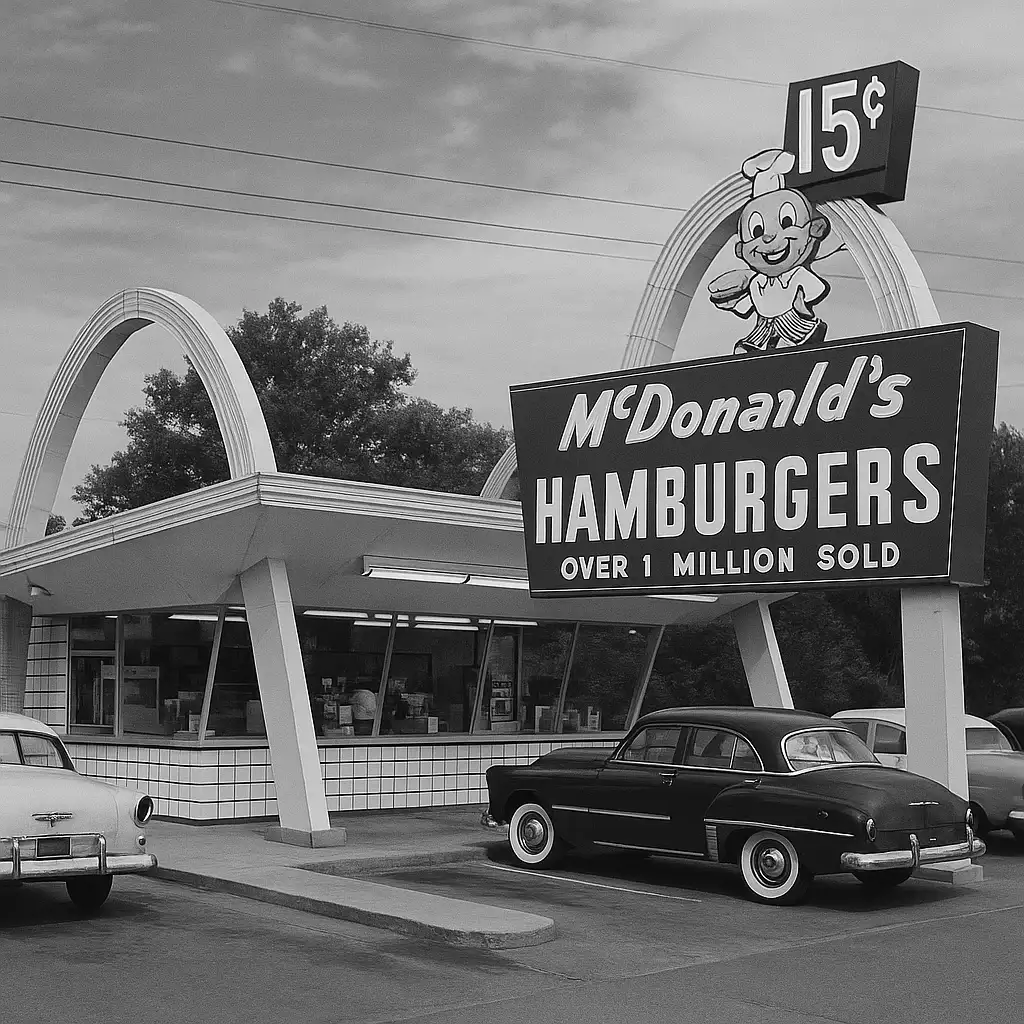
Facing Heat and Fighting Back
McDonald’s history hit rough patches as it grew, especially over health, wages, and the environment. In the 1980s, critics tied fast food to obesity, prompting McDonald’s to add salads in 1987 and later fruit or yogurt options. Environmental complaints, like deforestation from beef sourcing, led to greener moves, such as cutting plastic packaging. The chain also faced flak for low wages, with “McJob” becoming a jab at dead-end work. McDonald’s responded with training and charity efforts.
Community programs, like Ronald McDonald House Charities, started in 1974 to house families near hospitals, softened the brand’s image. But protests over pay continued, and health critiques kept coming. McDonald’s fought back with menu changes, like lighter options, and leaned on its fast-food franchise strength—consistency and speed. The 2020 pandemic hit profits, but drive-throughs, making up 70% of U.S. sales in 2022, kept it afloat.
McDonald’s history shows it’s had to evolve under pressure. It’s tackled health concerns with new foods, wage gripes with better programs, and environmental issues with sustainability pledges. The chain’s ability to adapt while keeping its burger core has kept it on top. It’s a story of dodging criticism while staying true to its roots.
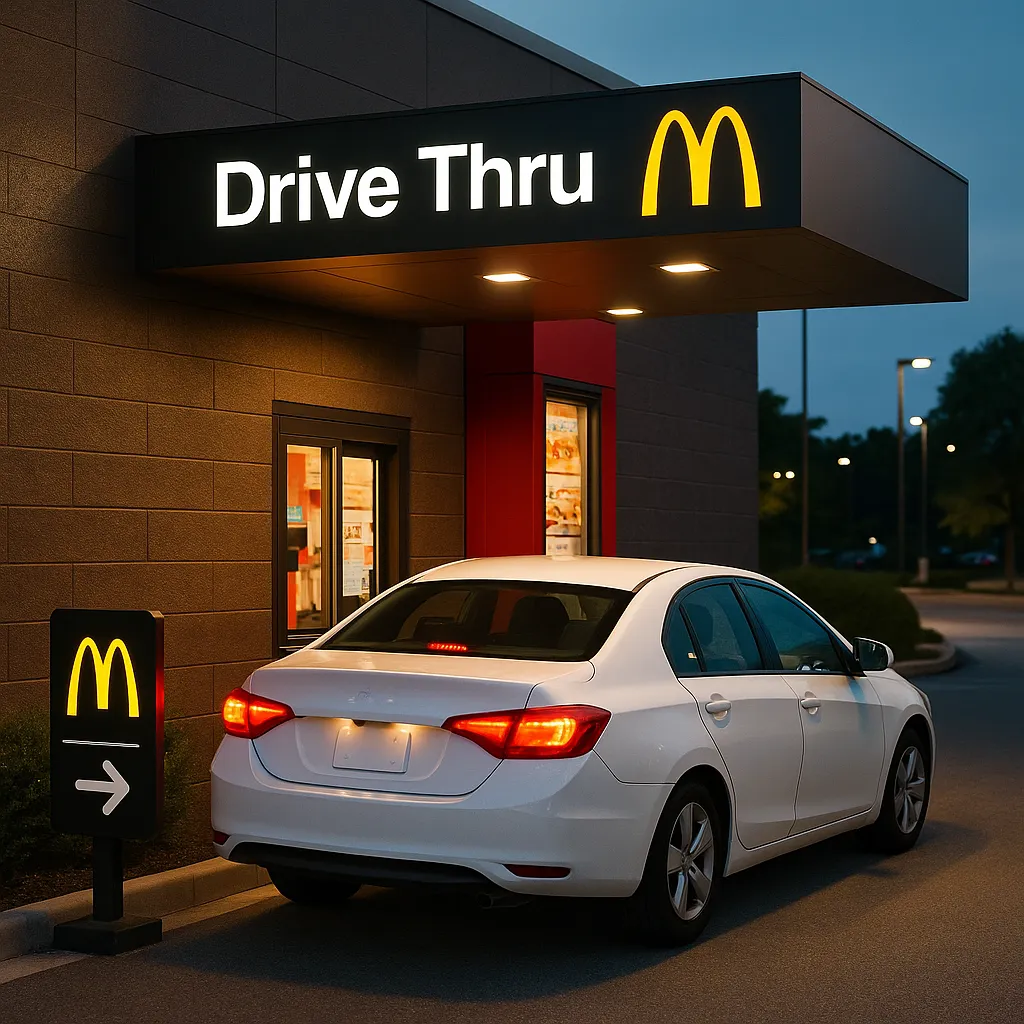
Keeping the Burger Magic Going
McDonald’s history sparkles with innovations that kept it fresh. The Big Mac (1968), Egg McMuffin (1972), and Happy Meals with toys hooked generations. Ronald McDonald, the clown mascot since 1963, made it a kid favorite, while the “i’m lovin’ it” campaign in 2003 kept it cool. The fast-food franchise also embraced tech, rolling out digital menu boards and apps for ordering. Drive-throughs, first introduced in Arizona in 1975, became a lifeline, especially during tough times.
Tech and convenience kept McDonald’s ahead. McDelivery via apps like UberEATS and self-service kiosks made eating easier, while digital menus let customers browse fast. The company tested eco-friendly restaurants and leaned on real estate, owning or leasing most properties for steady cash. Menu tweaks, like plant-based options, showed it could roll with changing tastes. These moves kept McDonald’s a cultural staple.
McDonald’s didn’t just sell burgers—it shaped how we eat. From playgrounds to global hits like the Big Mac, it made fast food a lifestyle. McDonald’s history is about staying relevant, whether through a new sandwich or a slick app. By balancing tradition with innovation, it’s stayed the fast-food king, with no signs of slowing down.
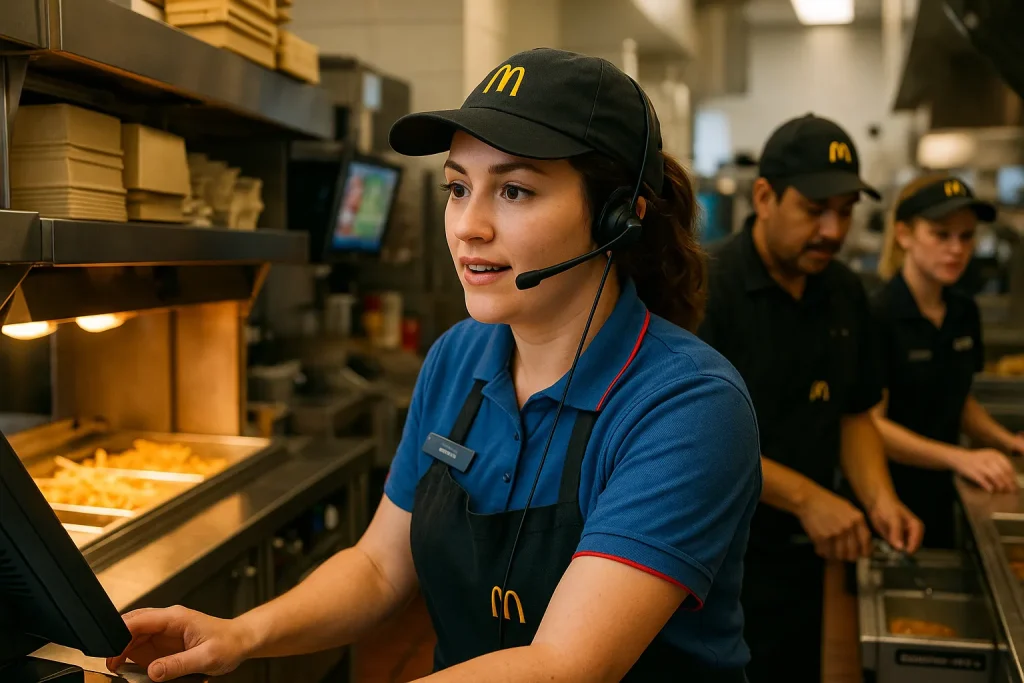
Leave a Reply